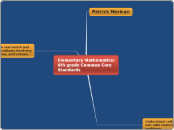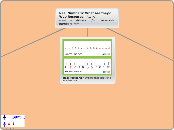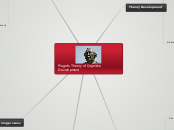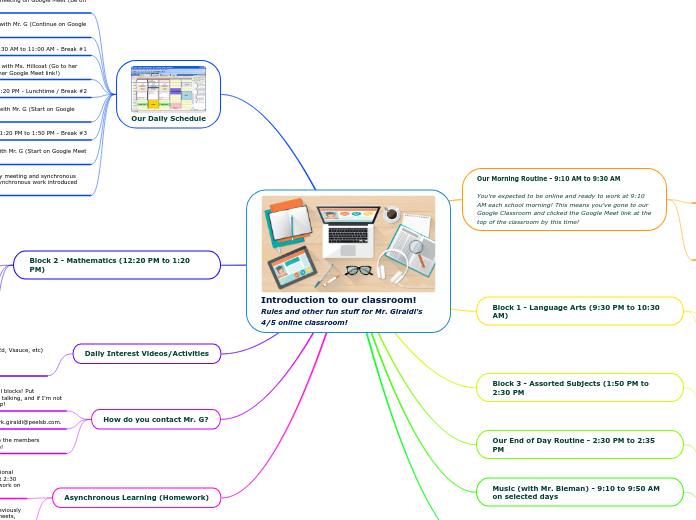por Patrick Ryan 11 anos atrás
361
MTE 280
Understanding and utilizing ratios is a fundamental aspect of 6th grade mathematics according to the Common Core Standards. This involves comprehending concepts such as unit rates and applying ratio reasoning to solve both real-world and mathematical problems.









